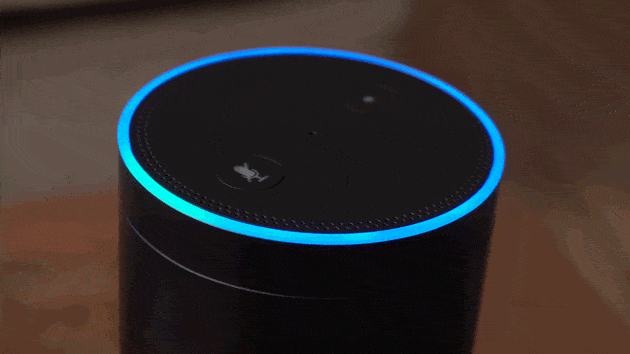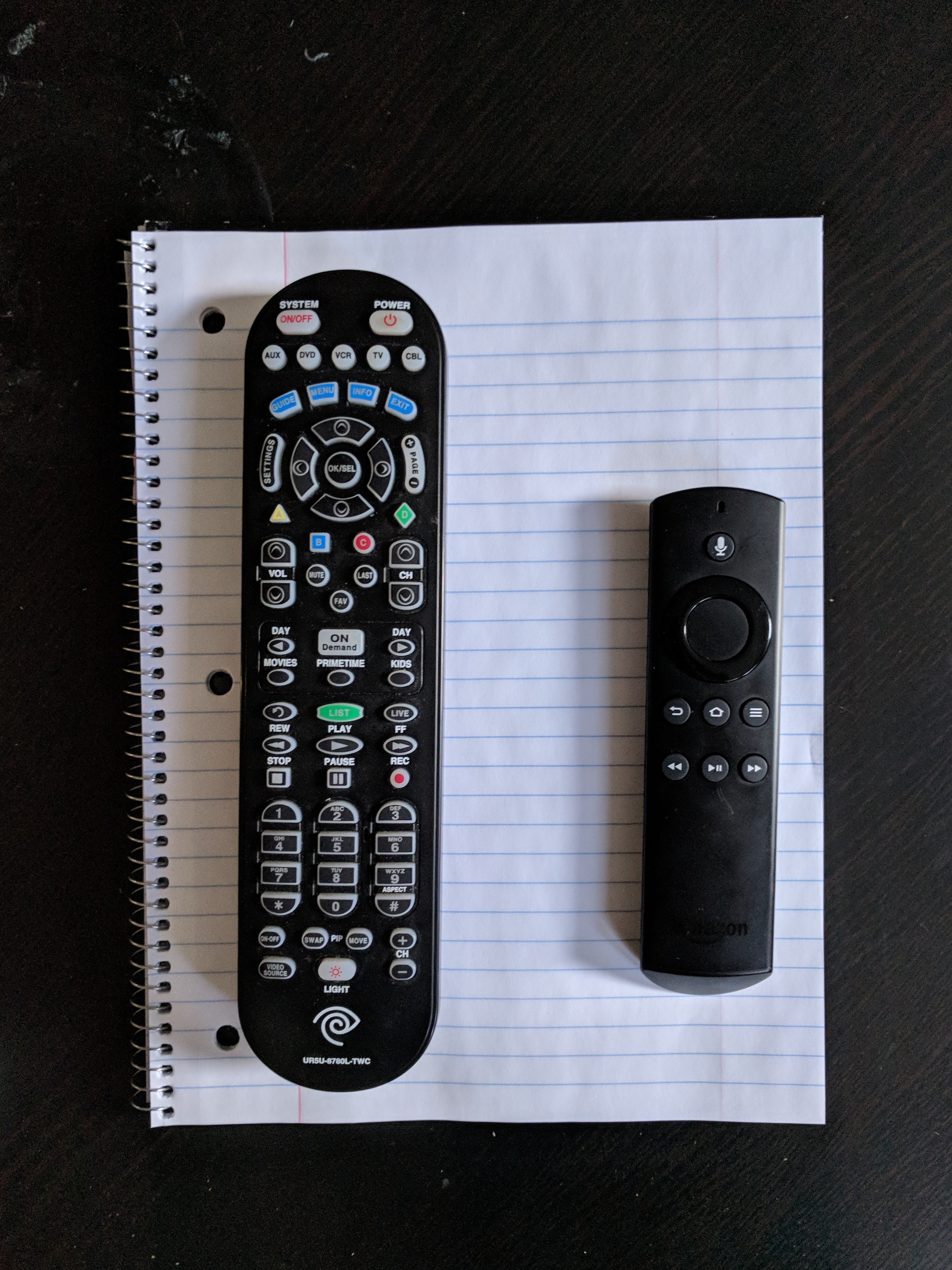Creating a more human relationship with technology
I have been thinking and writing about the early and potential future impact of voice-enabled digital assistant technologies (like Amazon's Alexa, Google Home, and others), pretty often in 2018, so much so that I had pretty much decided to lay off the topic for a bit, as it was getting kind of repetitive.
But as keeps happening, over the weekend I read a really interesting article from the Think With Google team sharing some survey results on how people are using and perhaps more interestingly, feeling about their interactions, usage, and relationship with these digital assistants and platforms. There are two really interesting data points from the survey I wanted to share, as they both reveal something interesting and important as HR tech providers and HR practitioners and end users consider the development and application of voice enabled/driven assistants in workplace tech.
One: People who own voice activated technologies like the Echo and the Google Home are quickly incorporating them into their daily lives and routines:

Why that matters: Driving user adoption of workplace technologies has always been a challenge for technology developers and implementation teams. But these voice activated digital assistants are showing that new tech that is easy to access, provides value quickly and clearly, and provides a kind of fun and engaging experience while also providing value, will be readily adopted by most people.
Two - The nature of the voice interface and activation is making the relationship between users and technology much more personal, even human.

Why that matters - It seems like the nature of how these digital assistants are created, how we interact with them, (more or less conversationally), how they have names (Alexa, Siri), and how they even have some level of personality (ask Alexa to tell you a joke, or tell her 'I'm sorry' sometime), and the technology seems to become more a part of our overall way of experiencing the world, and not a separate thing or tool we have to learn how to use. The technology and capability continues to blend into the world and into the other kinds of tools and tech we use all the time - cars, thermostats, appliances, and computers. In the workplace, we need to start to think about making our HR and workplace tools and technologies ones that are just 'there' - embedded in other workplace systems, active in workplace settings like conference rooms, and accessible at all times with a simple voice command.
I continue to find the entire voice activated / digital assistant space incredibly interesting. Hope you do as well.
The next project to work on is getting an HR Happy Hour Podcast skill/update on Alexa!

 Steve
Steve



